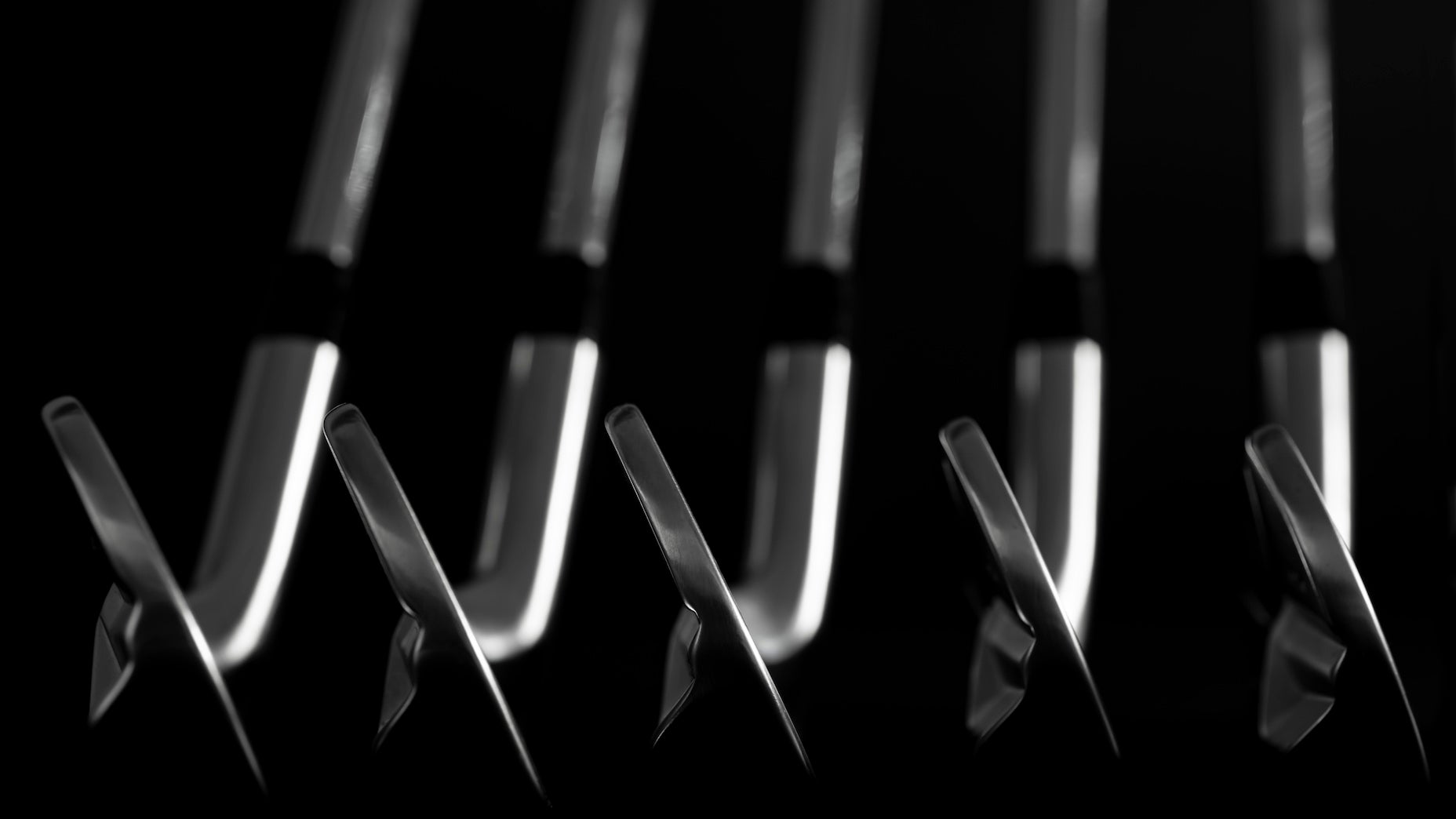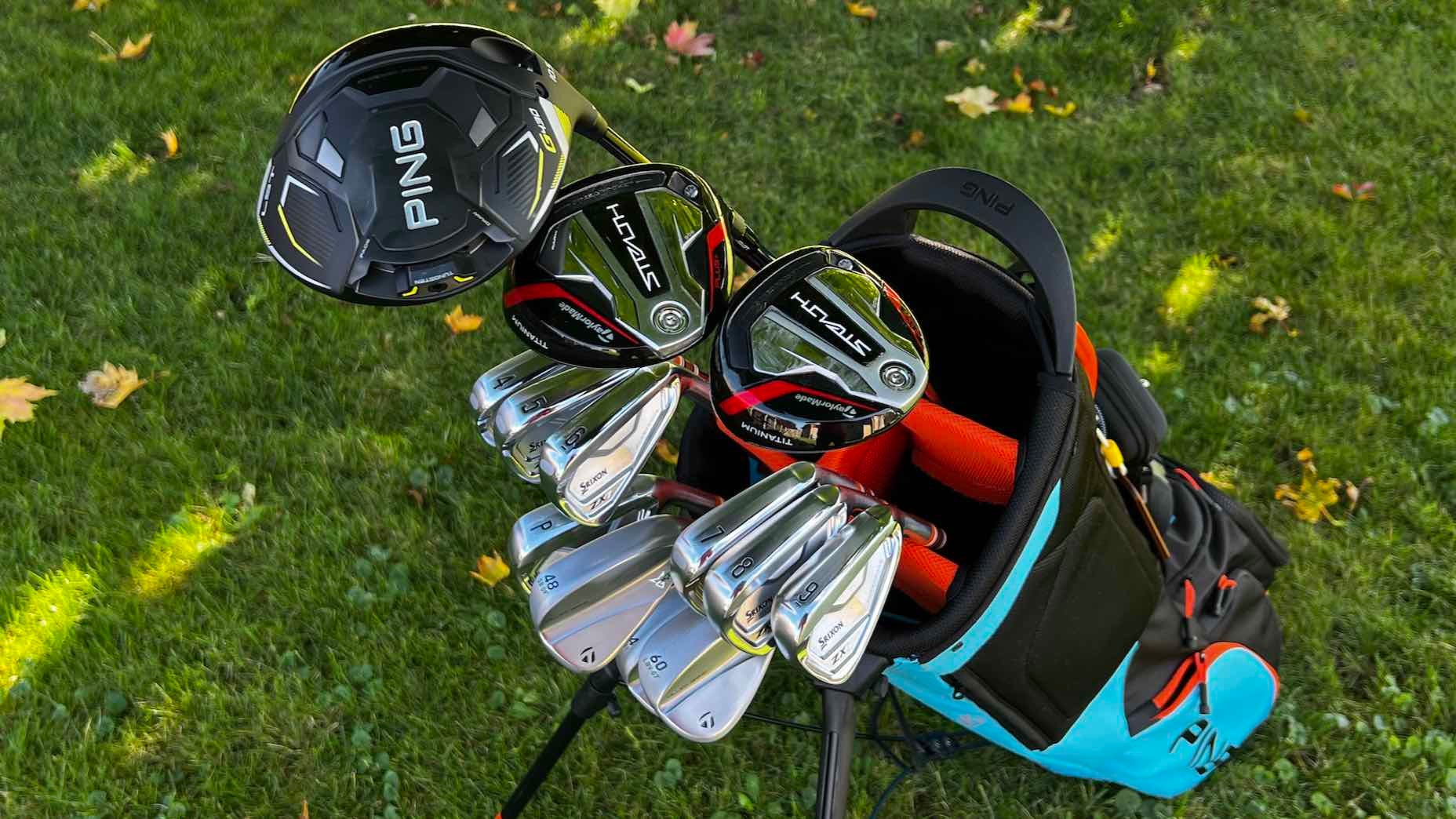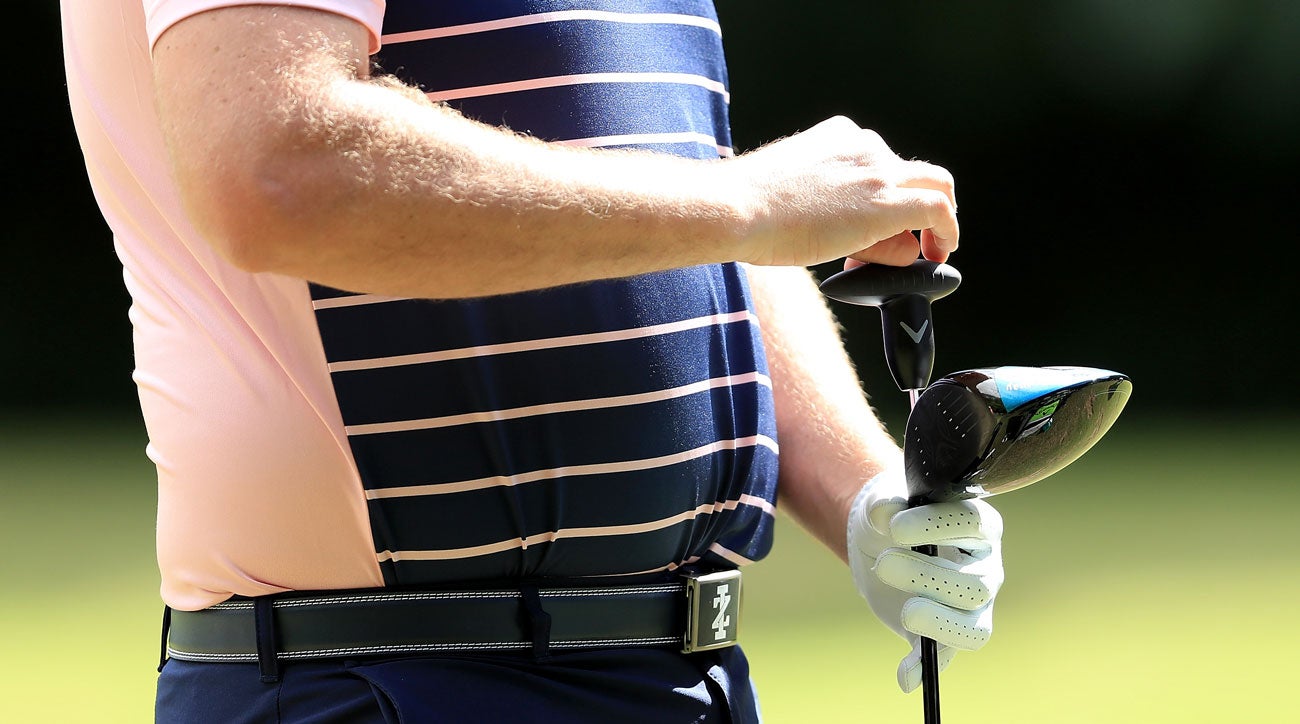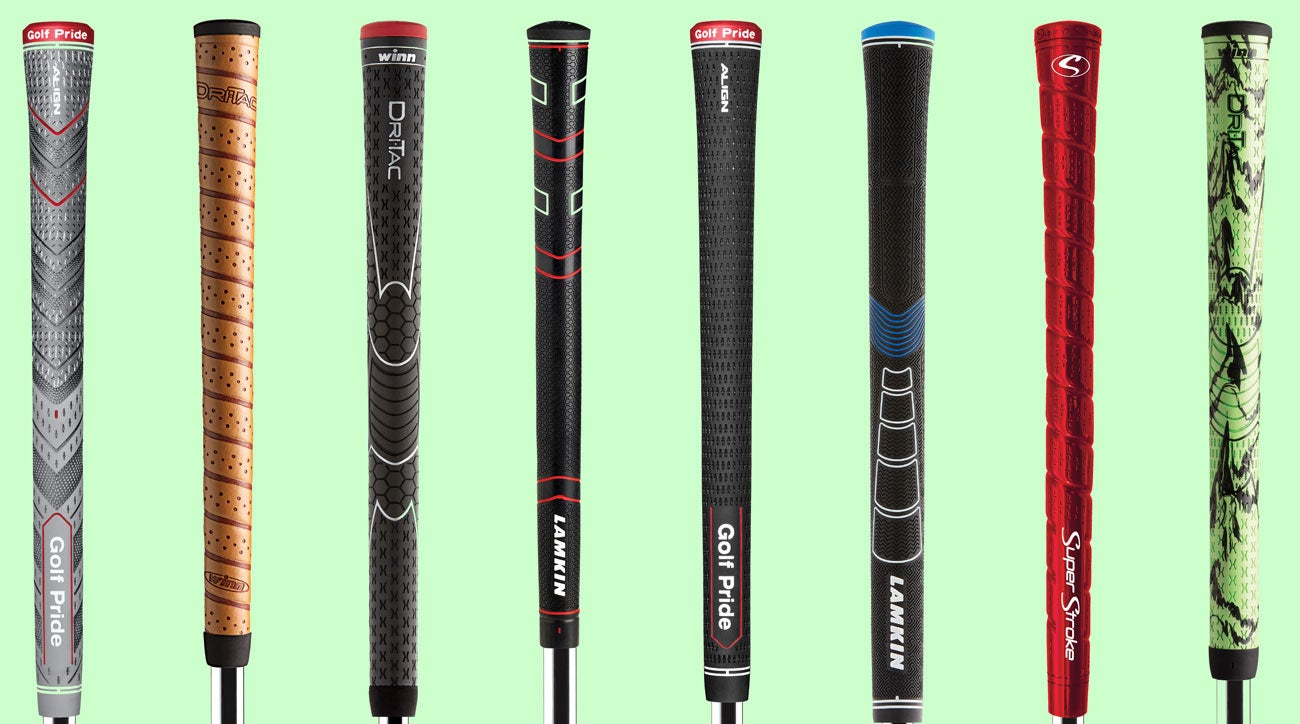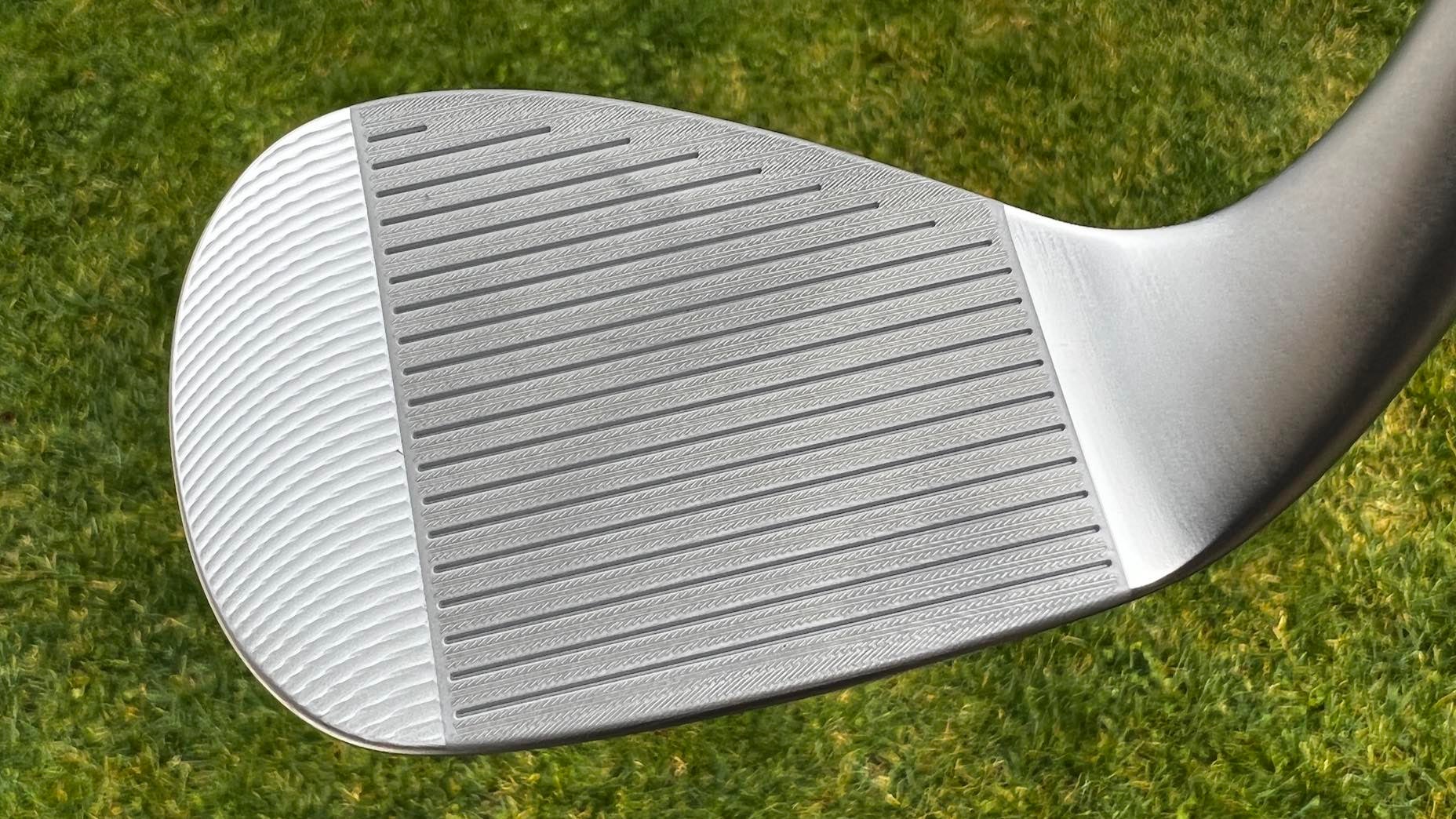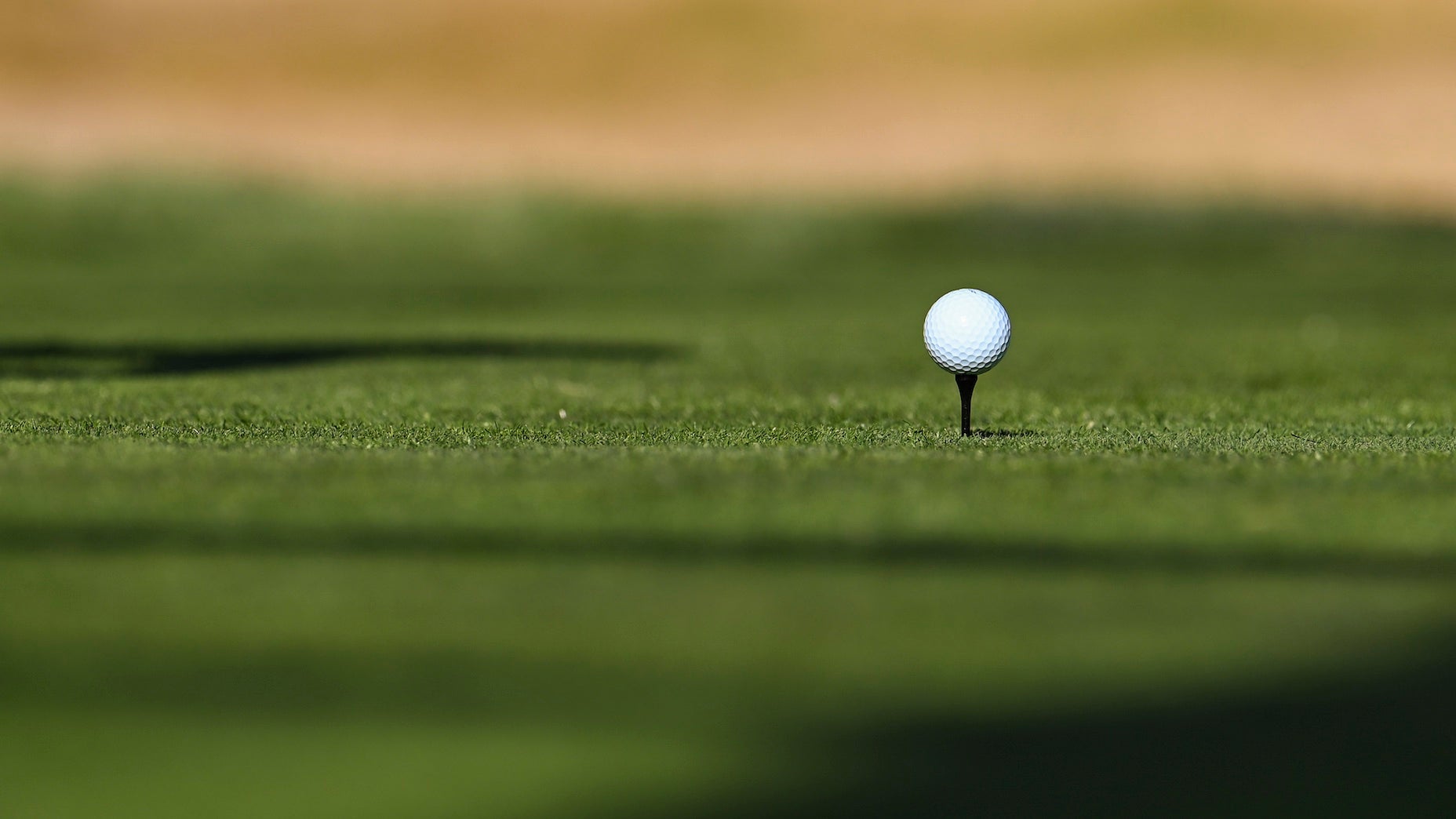Welcome to Gear Questions You’re Afraid to Ask, a GOLF.com series produced in partnership with Cleveland/Srixon Golf. We take a look at the differences between swing weight and actual weight in this week’s column.
Ever get the heebie-jeebies with a certain club? Maybe there’s one in your bag that just doesn’t feel right in your hands and when you swing it, something feels off? And speaking of hands, is there a club you absolutely love to hit and you aren’t sure why it performs better than the rest?
It’s possible swingweight is a key reason why you love or hate a certain stick.
Before we dive into swingweight, let’s first get an understanding of weight in general. The total or actual weight of a given club is just that — the sum of all the weight (usually calculated in grams) of the grip, shaft and clubhead. Depending on your set makeup, your clubs’ actual weight will vary, so take the following with a gram of salt. Typical wedges weigh somewhere in the 450-plus gram range (grip, shaft and clubhead); irons range from 400-plus grams in the longer irons to 450-ish grams in the shorter irons; woods are in the 300–350-gram range, and drivers in the low 300 to sub-300-gram range.
As you can see, wedges tend to be the heaviest and clubs get progressively lighter as you move towards the driver. There are variances in each from brand to brand, model to model — but you get the idea. The last thing you ought to know is that for most golfers the lighter the club, the easier it is to swing faster. Usually.
Next comes swingweight. Swingweight is not a measurement of how heavy a club actually is, but how heavy it feels. This rating is determined by using a swingweight scale that uses lorythmic measurement. The club is balanced on top of a fulcrum at 14-inches from the grip end of the club and how much the clubhead end pulls down. Values are determined using a sliding weight on the scale that when balanced with the club, the scale displays a rating on an alphanumeric scale ranging from lightest at A0 to heaviest at G10.
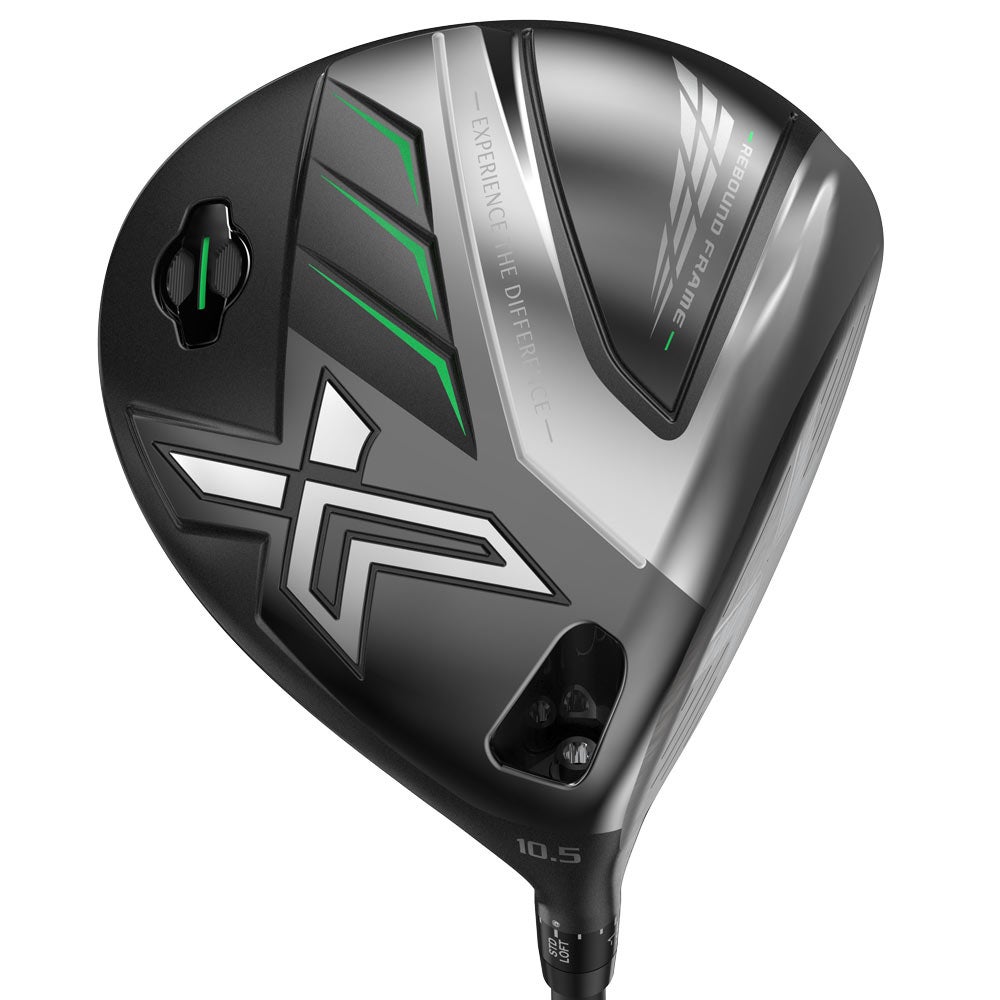
XXIO X Driver
Most clubs you can buy are swingweighted somewhere in the middle around C7 to D7, and the difference from one measurement to the next is about 2 grams of weight in the clubhead.
Ok, so what? Well, here’s where things get both interesting and frankly, quite complicated. A club with a heavier swingweight might slow your swing down, but it also might help you make better contact with the ball. Meaning, your clubhead may be a bit slower through the hit, but if you’re hitting more solid shots, it’s still better than having a faster swing speed with more frequent mishits.
On the other hand, if you’re a player who hits it solid already and could use a little extra speed, a lighter swingweight could help you tack on some extra speed and distance. But if you go too light, you might lose all feel and have a real struggle with squaring the clubface at impact.
There are caveats to both lighter and heavier swingweights and because the golf swing is intricately complicated, there’s no general constant. Some players may swing clubs better or faster with heavier swingweights than they do with lighter swingweights, and vice versa. Think of it this way: a club that feels better to you will almost always work better for you.
How do you know what your ideal swingweight is? Personal preference is the key, and it doesn’t matter if you’re a powerful player or a finesse player, or if you have a high swingspeed or a low swingspeed. What matters is what feels best. You may like to feel the weight of a clubhead as you swing, or maybe you like a lighter clubhead feel.
You can adjust a swingweight and make a clubhead feel heavier by adding weight to the clubhead by using a heavier weight cartridge or by adding lead tape, or sometimes, by playing a lighter grip and/or shaft. You can lighten your swingweight by placing more weight towards the grip, a process known as counterbalancing, which makes the clubhead feel lighter during the swing. Jack Nicklaus did this because he liked the way it felt and said it gave him an extra boost of speed.
There isn’t a wrong or right answer relative to swingweight — just go with whatever feels best in your hands at address and as you swing. Just remember, it’s likely a lighter swingweight will make you swing a little faster like it did for Nicklaus, but how you swing, your personal preference and your overall swing tempo play just as much a part in that as your swingweight does.
The benefits of a lightweight driver for golfers with slower swing speedsBy: Golf.com Staff
Some equipment manufacturers have found innovative ways to not only reduce clubweight, but also make clubs that feel lighter, more balanced and easier to swing—something that players with slower swingspeeds will most appreciate.
XXIO’s X line comes to mind — the irons, woods and driver in the X line all feature what XXIO calls Weight Plus counterweighting underneath the grip end of the shaft. In addition to being light clubs to begin with, the added mass at the grip end makes the X line feel even lighter for an effortless increase in swingspeed.
Whether you love a light, medium or heavy swingweight in all your clubs, or you like your swingweight a little heavier in your wedges than your irons and woods, what we recommend is maintaining a sense of normalcy in how all your clubs are weighted. You don’t want a set of irons that are all swingweighted at D3 and your woods at E4 and driver at C7 and so on. Keep them at the same or at worst, progressively lighter or heavier in the direction you prefer.
Remember also, anytime you opt for a new shaft or decide to go up or down in length on any club, make sure you’re not throwing your swingweights out of whack. Consistency is key and keeping your swingweights the same or similar may be what it takes to make all your clubs feel great versus having only a few that do.
Want to overhaul your own bag for 2022? Visit the expert fitters at our sister company, True Spec Golf. For more on the latest gear news and information, make sure to check out our recent Fully Equipped podcast in the Spotify link below.
